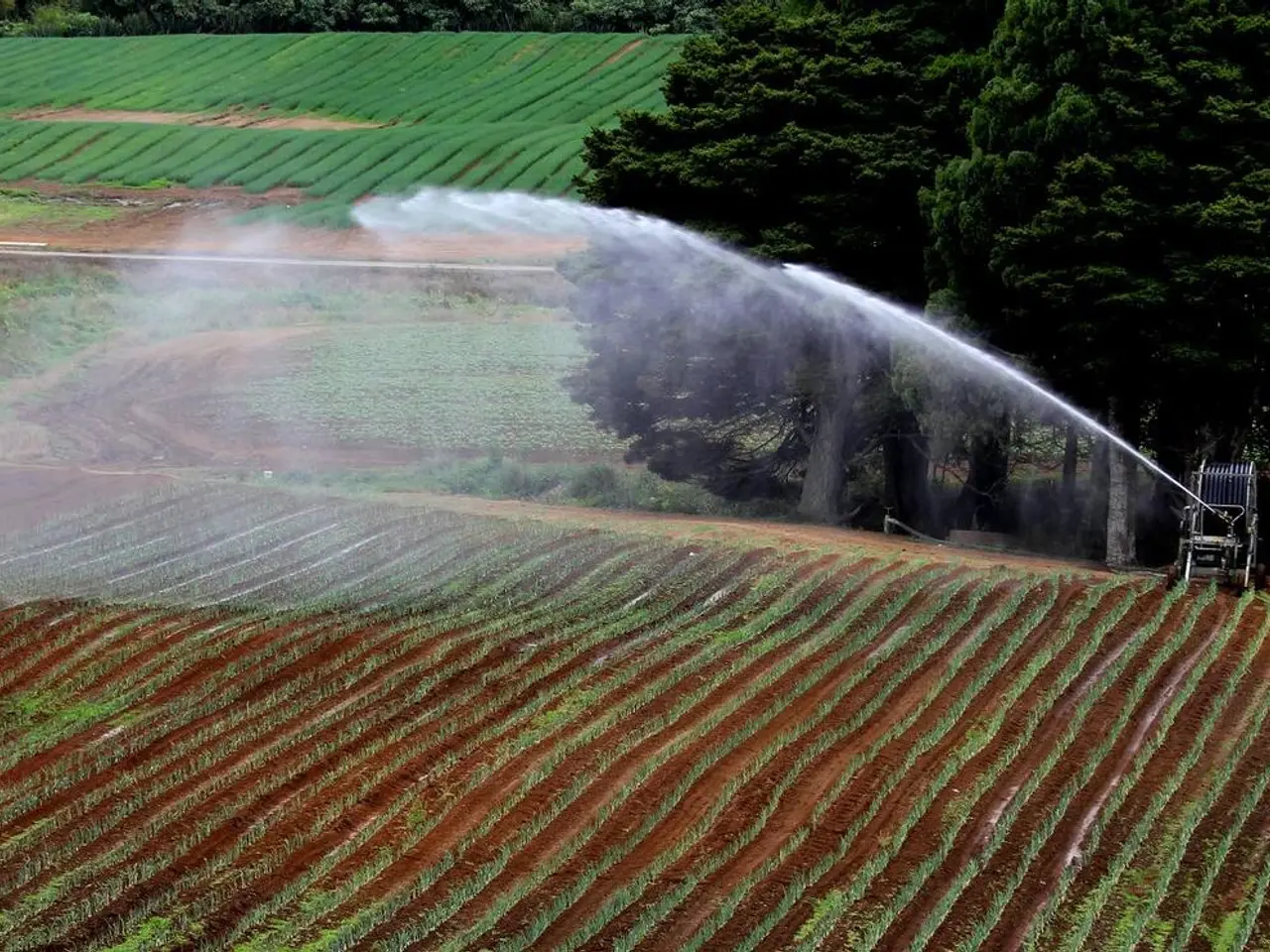Key metrics for understanding the franchise landscape in 2025:
In the dynamic world of franchising, staying ahead of the competition is crucial. Taco Bell recently claimed the top spot on Entrepreneur's Franchise 500 list for 2025, highlighting the industry's competitive nature [1]. To thrive in this competitive landscape, understanding competitor strategies and leveraging valuable resources like franchise statistics is essential.
One such resource is the wealth of information on local SEO and digital marketing. Franchise statistics reveal that local visibility, tailored digital tactics, and coordination between franchisors and franchisees are key to optimizing marketing strategies [2].
The rapid growth of the franchise sector, projected to expand at a rate of 2.4%-2.5% during 2024-2025, presents both opportunities and challenges [1][3]. With this growth comes increased competition, necessitating sharp marketing strategies.
Local SEO plays a pivotal role in this competitive landscape. Google ranks each franchise location individually, making local SEO crucial for driving reliable, location-specific traffic [4]. This includes optimizing local landing pages with region-specific keywords, ensuring consistent and accurate Name, Address, Phone (NAP) data, and avoiding duplicate content issues that can harm rankings [2][4].
Keeping Google Business Profiles updated for every franchise location and actively managing customer reviews also improves local rankings and visibility on search and map platforms. Encouraging reviews across platforms like Google, Yelp, and Nextdoor builds local credibility and boosts search performance [2][4].
In many franchise systems, individual franchisees may have limited SEO control, so franchisors must ensure all locations are optimized and visible online to avoid any “invisible” branches [2]. This unified approach helps maintain brand consistency while optimizing for local search variations.
Combining organic SEO and paid advertising is another effective strategy. Utilizing PPC campaigns with geo-targeted keywords complements organic SEO. National campaigns raise overall brand awareness, while franchisees use localized PPC ads (e.g., “pizza delivery in Atlanta”) to capture ready-to-buy local customers. This dual approach drives both immediate conversions and sustained organic growth [2].
Managing unique local content and obtaining local backlinks also improve search visibility for each location and help differentiate from competitors and even internal franchise competition [4].
These insights enable franchises to capitalize on the booming industry growth, outperform competitors locally, and convert high-intent search traffic efficiently [1][2][4].
Other interesting insights from franchise statistics include the fact that Pinterest's users are predominantly women, with nearly half regularly buying luxury brands and products on the platform [5]. Meanwhile, McDonald's generated around $12.5 billion in royalty revenue from franchisees worldwide in 2023 [6].
In the U.S., franchises contributed almost $41 billion to the economy, with 10.5% of businesses being franchises and 14% of these franchises being controlled by veterans who generate $41 billion in annual GDP [7].
Understanding these statistics can provide valuable insights into each community's characteristics, which can be key to increasing conversions and foot traffic [8]. Franchise statistics can also offer data on ideal customers, their interests, online behavior, and effective digital marketing strategies [9].
In conclusion, the key to optimizing franchise marketing lies in leveraging strong local SEO strategies that focus on individual location visibility, consistent and accurate local business information, active reputation management, and integrating paid local search campaigns alongside national brand advertising. These insights enable franchises to capitalize on the booming industry growth, outperform competitors locally, and convert high-intent search traffic efficiently [1][2][4].
References: [1] Entrepreneur. (2025). Franchise 500. https://www.entrepreneur.com/franchise500 [2] FranchiseHelp. (2022). The Ultimate Guide to Local SEO for Franchises. https://www.franchisehelp.com/blog/local-seo-for-franchises/ [3] International Franchise Association. (2023). Economic Outlook Report. https://www.franchise.org/economic-outlook-report [4] Moz. (2021). The State of Local SEO 2021. https://moz.com/blog/state-of-local-seo-2021 [5] Hootsuite. (2022). Pinterest Marketing Statistics for 2022. https://blog.hootsuite.com/pinterest-marketing-statistics/ [6] Statista. (2023). McDonald's Franchise Revenue Worldwide from 2010 to 2023. https://www.statista.com/statistics/266300/mcdonalds-franchise-revenue-worldwide/ [7] International Franchise Association. (2023). Franchise Business Economic Outlook. https://www.franchise.org/research-and-statistics/franchise-business-economic-outlook [8] FranchiseHelp. (2021). Franchise Marketing 101: A Comprehensive Guide. https://www.franchisehelp.com/blog/franchise-marketing-101/ [9] FranchiseHelp. (2022). The Ultimate Guide to Digital Marketing for Franchises. https://www.franchisehelp.com/blog/digital-marketing-for-franchises/
- To capitalize on the growth and competitive landscape of the franchising industry, understanding local SEO and digital marketing strategies is essential, such as optimizing local landing pages, managing Google Business Profiles, and combining organic SEO with paid advertising.
- Leveraging valuable resources like franchise statistics can provide insights into each community's characteristics, ideal customers, and effective digital marketing strategies, which can help increase conversions and boost local search rankings.
- In the dynamic world of franchising, effective digital marketing strategies like optimizing local SEO and managing customer reviews, combined with a unified approach between franchisors and franchisees, can help franchises outperform competitors locally and convert high-intent search traffic efficiently.




